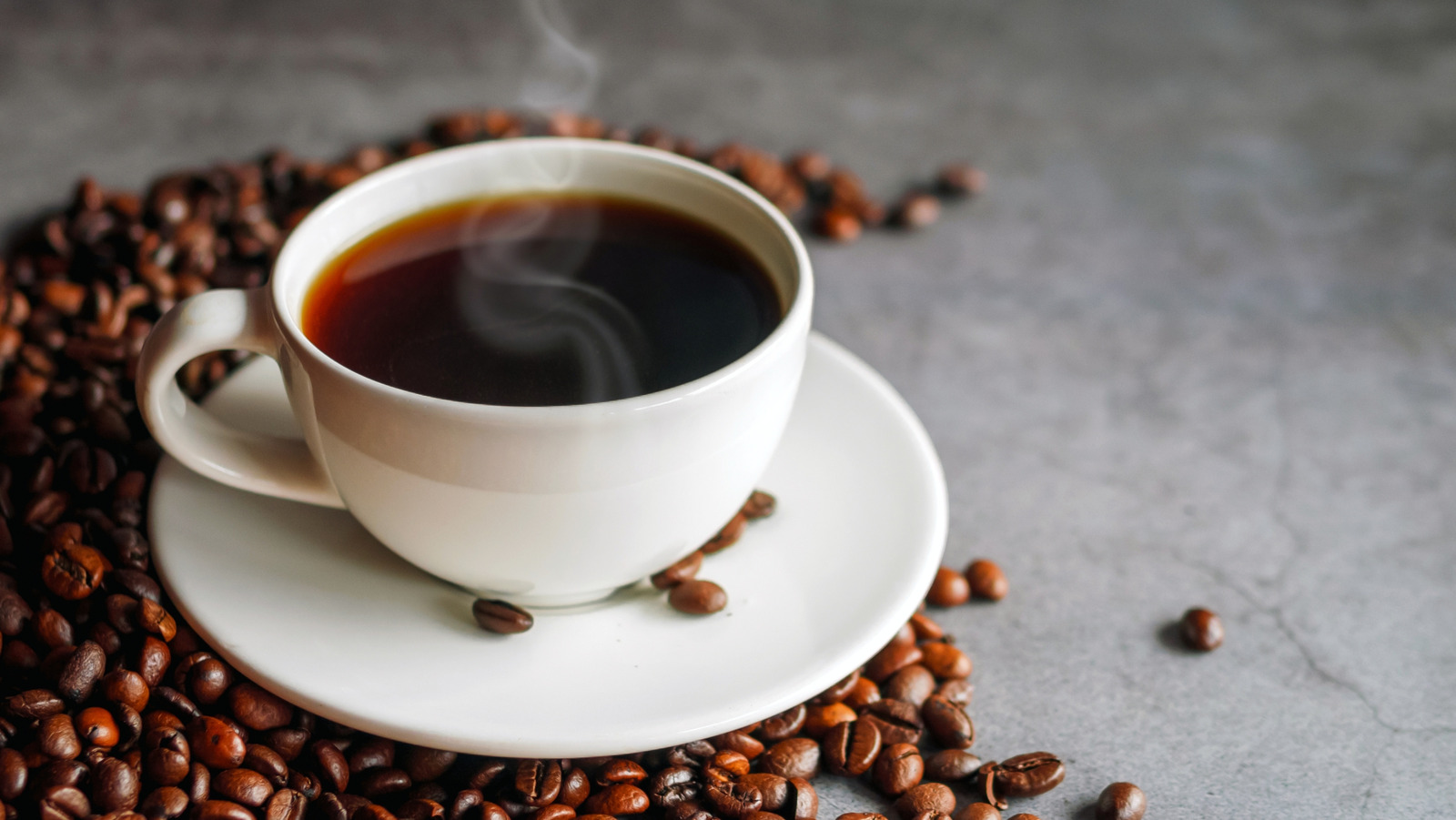
"The inconsistency lies in the brewing method itself, which involves a bottom vessel to heat the water on the stovetop (though electric percolators exist, too). To brew percolator coffee, hot water moves up from the lower pot via a tube where it mingles with coffee grounds, before the coffee-infused hot water circulates back down to the lower pot. The process repeats as the coffee concentrates and heats, until a desired coffee strength is reached."
"Percolator coffee is quite bitter, and is more similar to the taste of drip. Essentially, percolator coffee tastes different from other brewing methods since the coffee boils - as opposed to solely heating the water in other methods, and pouring it over or filtering it through coffee grounds. This exposure to heat often ruins coffee's nuanced flavor profile, giving way to sour and bitter tastes; and often over-extracting the beans."
Percolator brewing forces hot water up through a tube to mingle repeatedly with coffee grounds, concentrating the brew until a chosen strength is reached. The method subjects coffee to boiling, which often destroys nuanced flavor and leads to sour, bitter, and over-extracted tastes. Percolators were widespread in the 1900s but fell out of favor as drip machines became popular. Percolator brewing remains customizable by adjusting heating duration, but that same control commonly produces inconsistent results and can yield weak coffee if the brew is not heated long enough.
Read at Tasting Table
Unable to calculate read time
Collection
[
|
...
]